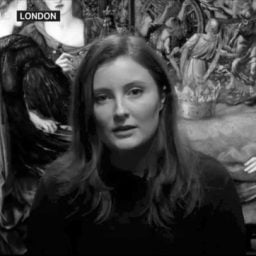Art & Exhibitions
Iconic Photos of Music Legends Radiohead, David Bowie, and More Go on View in London
Photographer Rankin tells us the story behind some of his most iconic photographs, now on view at Tin Man Art.
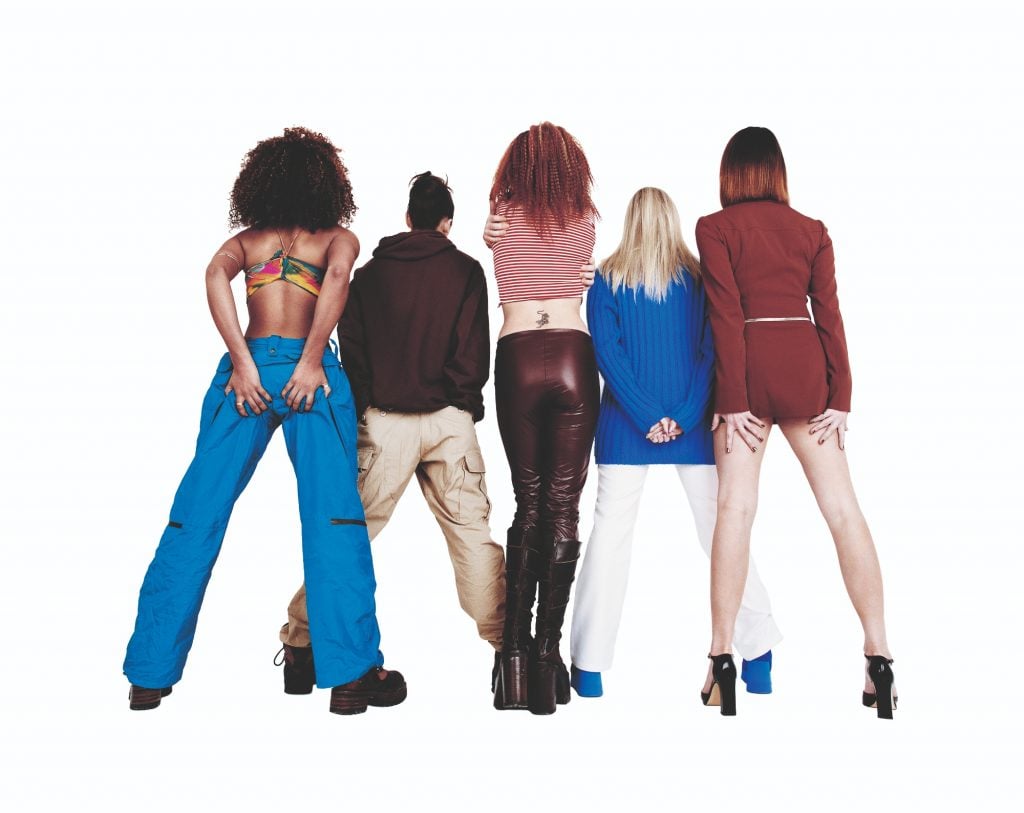
Name a celebrity, and the British photographer John Rankin Waddell—better known as Rankin—has probably photographed them. Over the course of a three-decade career that began with co-founding the magazine Dazed and Confused (now Dazed) in 1991, Rankin has shot the likes of Kate Moss, Madonna, the Rolling Stones, Jay-Z, and Oasis. He has selected some of his most iconic images for a new show at Tin Man Art gallery in London.
How does Rankin get take some of the most photographed faces on the planet and create something new that allows each personality to shine through? “My main approach is actually just talking to them about collaborating,” he said during a conversation at the show’s opening. “Obviously, I’m quite directional but I’m not trying to take the photograph, I try to make a photograph with the person. That approach allows people to feel comfortable.”
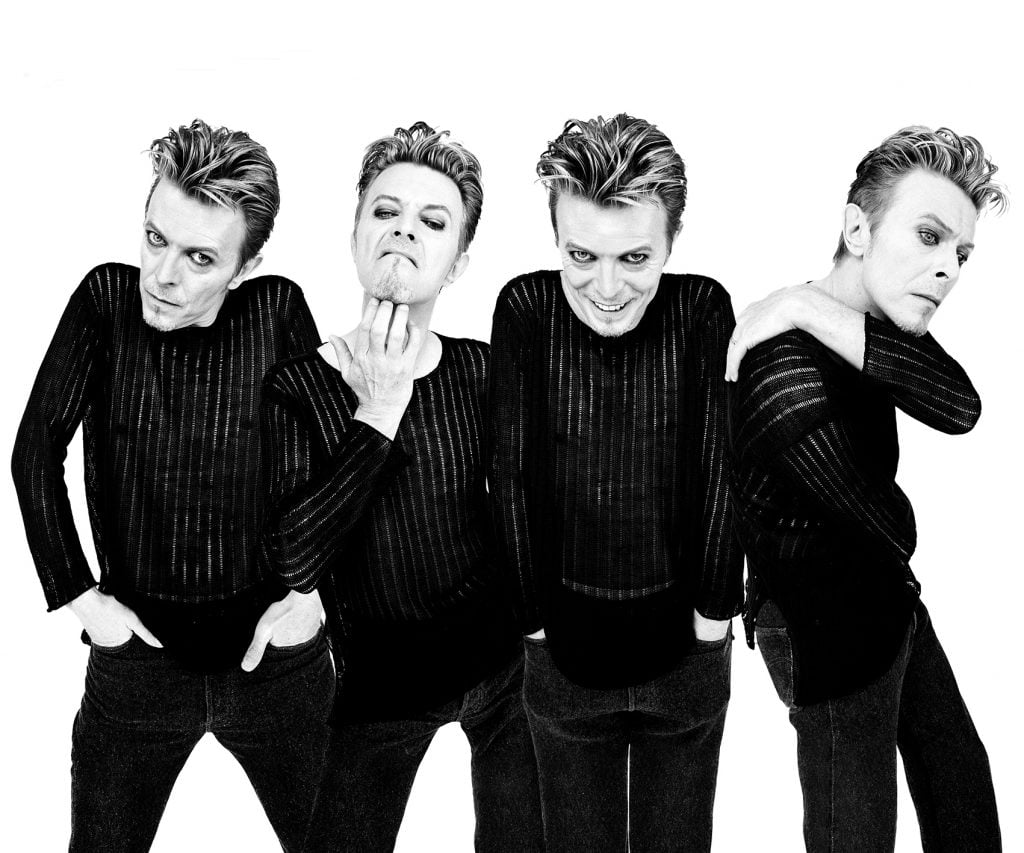
Rankin, No Different From Anyone Else?, David Bowie for Dazed & Confused magazine in 1995. Photo: © Rankin.
As you might expect when meeting a legendary musician, some of the shoots were filled with fond memories for Rankin. When meeting David Bowie in L.A., for example, “I thought I was going to meet the king of cool,” he recalled. “In bounced this guy who was the most enthusiastic sixth former [high-schooler] I’ve ever met. He was just extraordinary.”
“It really threw me because I was expecting him to be like his other pictures,” he added. “It taught me not to presume too much from what I saw in photographs.” The image was published in a 1995 issue of Dazed & Confused.
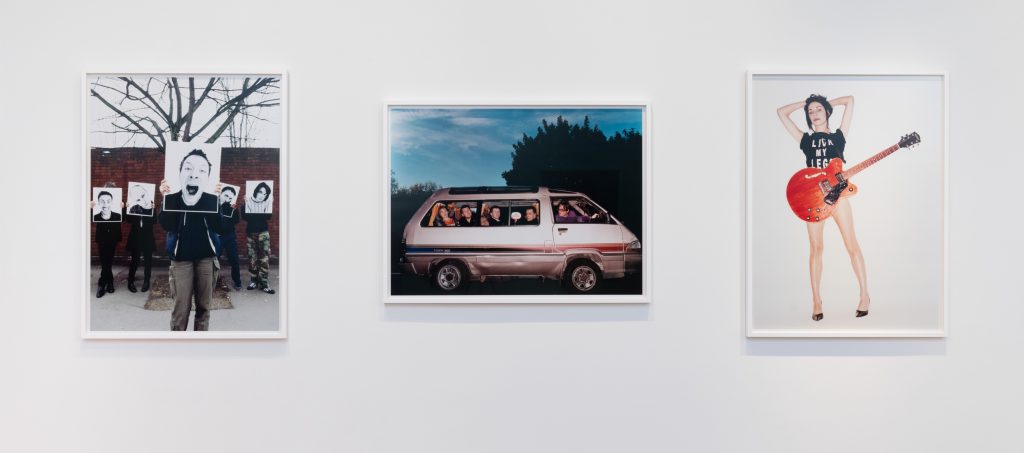
Press photo of Radiohead (1997), Pulp album promotion (2001), and PJ Harvey for Q Magazine (2001) at “RANKIN: Sound Off – Musicians 1990-2023” at Tin Man Art in London. Photo: Benjamin Deakin, courtesy of Tin Man Art, © Rankin.
While taking press photos for the band Pulp, Rankin was surprised when lead singer Jarvis Cocker suggested the shoot take place in his old Datsun minivan. “It’s kind of the most anti-popstar picture ever,” Rankin said with a laugh. “I think he bought [the car] because he was obsessed with the ads for it in the ’70s.”
“It’s kind of brilliant because it sums Pulp up in a way,” added Rankin, who also shot the cover for the band’s album Different Class (1995). “It’s almost the best Pulp picture I’ve ever taken because they’re very down to earth, very common people.”
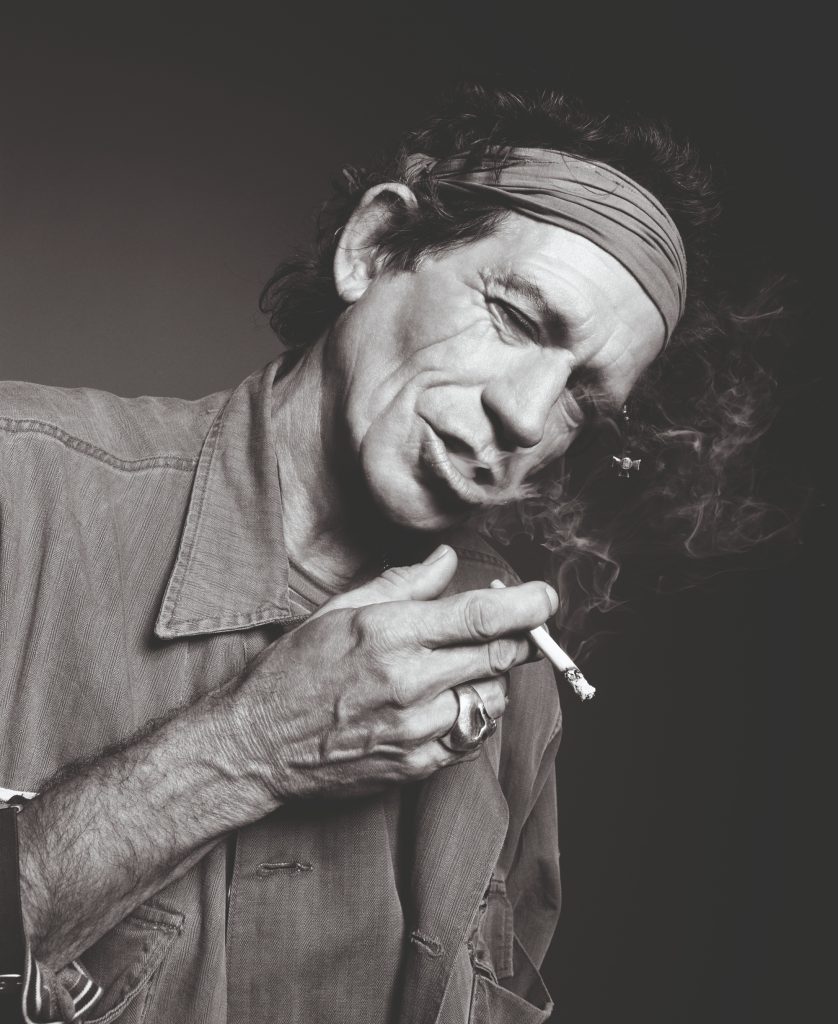
Rankin, Smokey Richards, Keith Richards tour promotional image from 2002. Photo: © Rankin.
In a pre-Instagram age when images of celebrities were accessed via newsstands, Rankin was responsible for some highly memorable editorial shoots from the 1990s. Provocative, fun, and informal photographs that appeared in the pages of Dazed & Confused captured the spirit of Britpop and a cultural renaissance in both British art and fashion.
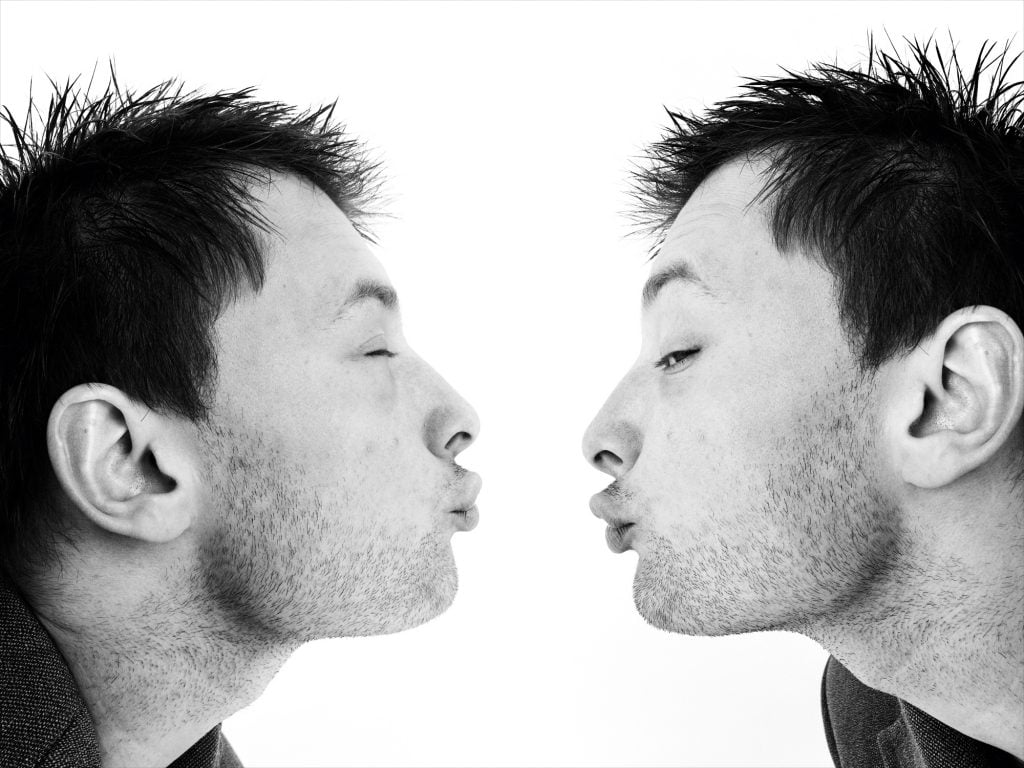
Rankin, Thom Yorke: You Do it to Yourself (1996). Photo: © Rankin.
“Thom Yorke was always exciting to photograph. He knew how to be himself perfectly,” Rankin recently wrote on Instagram. “Being so anti-commercial, Radiohead were perfect for conceptual shoots.” The image appears in a 1996 issue of Dazed & Confused.
Yorke recently showed his own artworks at the same gallery Tin Man Art, produced with long time artistic collaborator Stanley Donwood.
“Rankin’s visionary photography and publishing has transfixed music lovers for 30 years,” gallery director James Elwes said of the new show. “The works in this show empower and iconize an array of musical artists—for me, there are moments where we see pop transcend into folklore.”
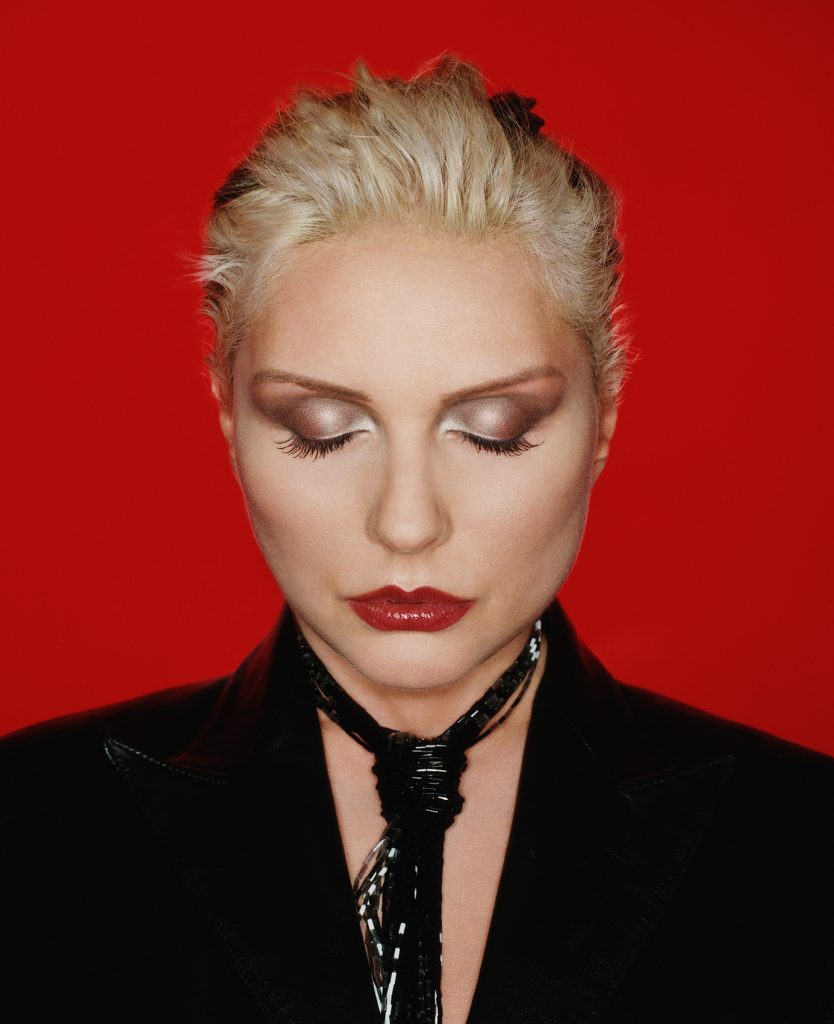
Rankin, Blondie Eyes Shut, Debbie Harry for Dazed & Confused magazine in 1996. Photo: © Rankin.
On shooting Debbie Harry, Rankin has said: “You really have to try and push every image you’ve seen of her out of your mind when you photograph her. Everyone has seen hundreds of amazing pictures of her, you have to make a real effort to be different.”
Now the founder of HUNGER magazine, Rankin is still photographing stars of the British pop scene like Sam Smith and Dua Lipa, as well as titan of the U.K.’s grime music scene, rapper Stormzy. His view on how visual culture has changed since the 1990s? It’s become “very boring.”
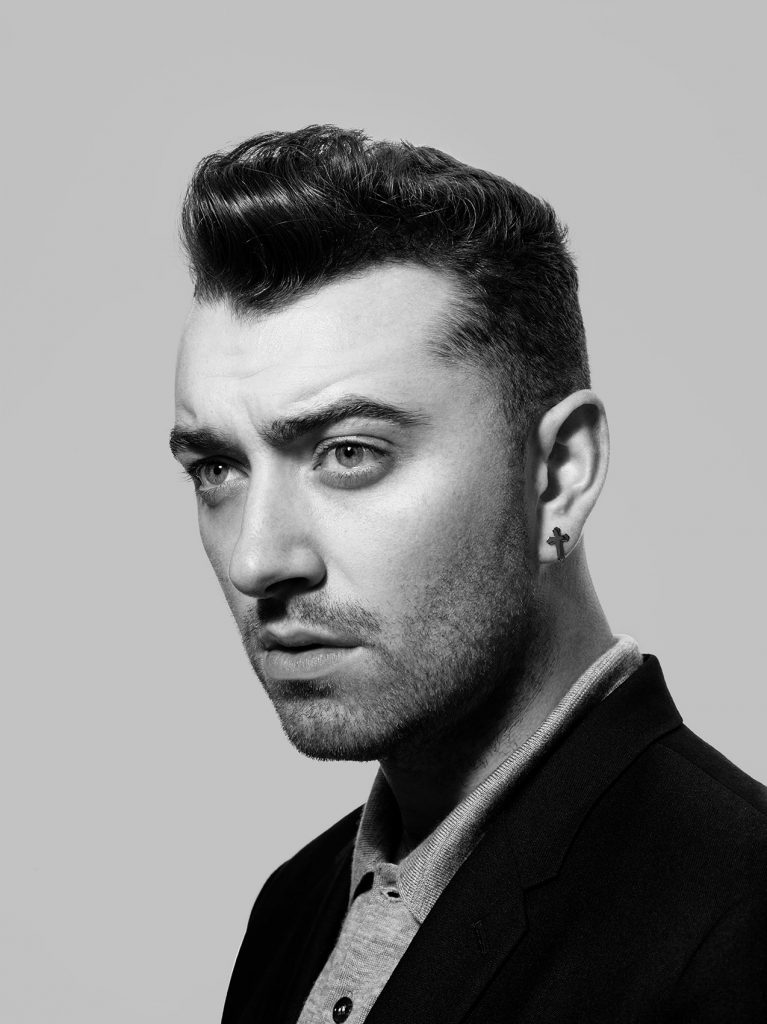
Rankin, Spectre, Sam Smith in 2015. Photo: © Rankin.
“I reminisce about the period of time when you weren’t chained to the phone, this 24/7 always ‘on’ thing,” he said. “I know it feels attractive or like it makes us less bored but actually I think it makes us more bored. The greatest ideas come from me not being engaged with other people in the new way, through social media or video calling. It’s either when I’m walking my dog and being bored, reading books, going to a gallery. If I don’t do that, I feel very empty.”
He also lamented an era in which “you aren’t really make mistakes anymore. Everything’s being photographed or filmed 24/7. Everyone has a camera in their pocket and essentially doesn’t understand how powerful and destructive a camera can be,” he said. “It makes people anxious and creates a feeling of constantly being watched. That’s very bad for human beings.”
“RANKIN: Sound Off – Musicians 1990-23” is on view at Tin Man Art in Cromwell Place, London, through March 24.

